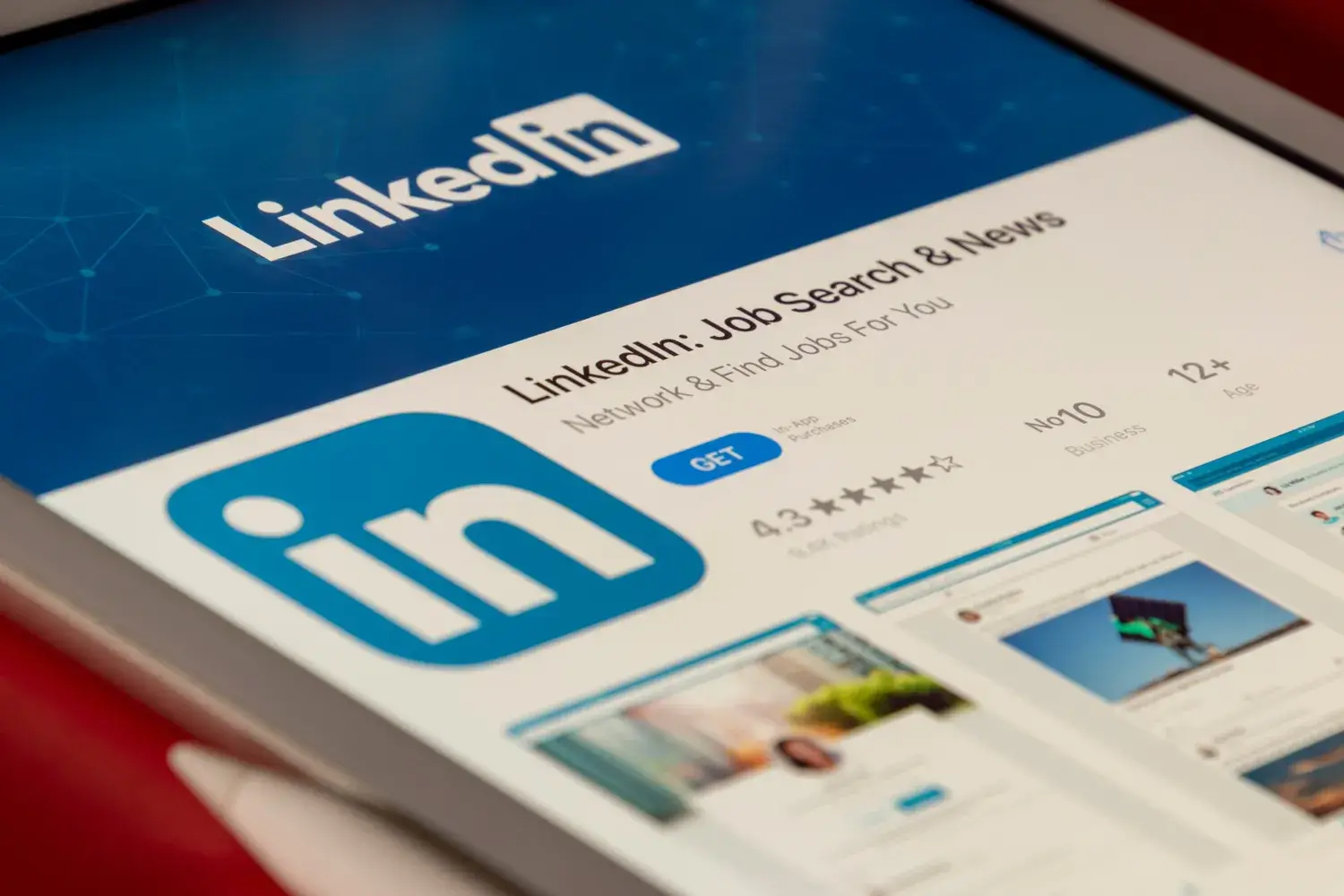September 22, 2023
LinkedIn: Your Gateway to Opportunity, But Beware of Scams

LinkedIn has transformed the way professionals connect, opening doors to new opportunities and meaningful relationships. But as its popularity soars, it’s important to be aware of the risks. Fake LinkedIn sales bots have become a concerning issue. These impersonators prey on unsuspecting individuals, and the FBI has flagged this as a “significant threat.”
In this blog post, we’ll dive into the world of these fake bots on LinkedIn. We’ll uncover their tactics and provide you with invaluable tips on how to stay safe. By staying informed and vigilant, you can ensure a safer and more productive experience on LinkedIn.
How to tell if a Linked Profile is Fake
Identifying Fake LinkedIn Sales Connections
Social media scams often play on emotions. Who wouldn’t want to feel special and interesting? Scammers leverage this, reaching out to connect. That connection request can make you feel wanted. People often accept without thoroughly researching the requester’s profile. This is where the danger lies.
For those seeking jobs or business opportunities, their guard might be down. There’s a natural trust we extend to other professionals on LinkedIn, often more than on other platforms like Facebook. So, how can you differentiate real requests from the fake ones? Here are some key tips to spot these scammers and bots.
1. Incomplete Profiles and Generic Photos
Fake LinkedIn sales bots often maintain incomplete profiles, lacking specific information about work history or education. They may use generic profile pictures, like stock photos or images of models. If a profile looks too perfect or is missing crucial details, it could be a red flag. Genuine LinkedIn users usually provide comprehensive information to build credibility and trust.
2. Impersonal and Generic Messages
A major telltale sign of fake sales bots is their impersonal messaging style. They often send mass messages, lacking personalization and any reference to your profile or industry. Genuine LinkedIn users tailor their messages to individuals, often mentioning shared connections or recent industry topics. If a message feels overly generic or lacks personalization, be sure to scrutinize the sender’s profile before proceeding.
3. Excessive Promotional Content and Unrealistic Claims
Legitimate professionals on LinkedIn focus on building relationships and providing valuable insights. Fake LinkedIn sales bots bombard users with excessive promotional content, attempt fake sales, and make unrealistic claims. If a connection focuses solely on selling without offering meaningful content or engagement, exercise caution.
4. Inconsistent or Poor Grammar and Spelling
Pay attention to the grammar and spelling of messages on LinkedIn. Fake sales bots often exhibit inconsistent or poor grammar, which can be a clear sign of a fake sender. Legitimate LinkedIn users take pride in their communication skills. If you encounter messages with numerous grammatical errors or spelling mistakes, investigate further before engaging.
5. Unusual Connection Requests and Unfamiliar Profiles
Fake LinkedIn sales bots often send connection requests indiscriminately. Be cautious when accepting connection requests from unfamiliar profiles, especially if they seem unrelated to your industry or expertise. Review the requesting profile, check mutual connections, and assess the relevance of their content.
Need Training in Online Security?
Recognizing how to tell if a LinkedIn profile is fake is crucial for a safe online experience. Scams are becoming more sophisticated due to AI. If you need assistance navigating the real from the fake, our friendly team of experts is here to help.
Protect yourself from potential scams and stay secure in the digital world. Contact us today to schedule a chat and let us empower you with the knowledge you need to stay safe on LinkedIn and beyond.
